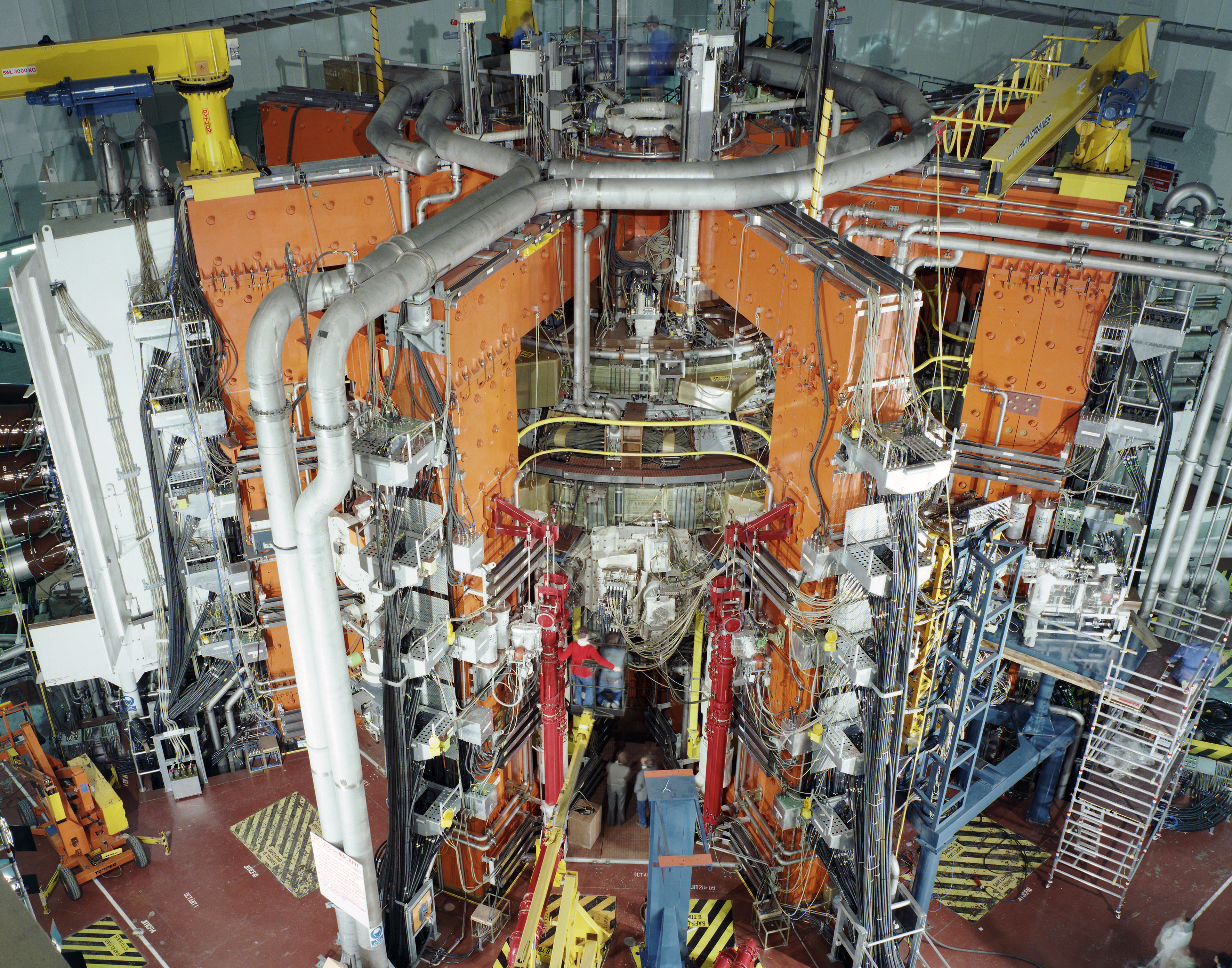Nuclear Fusion Reactor Design
- Introduction to Fusion Energy
- The Tokamak Design
- The Stellarator Design
- The Inertial Confinement Fusion
- The Magnetic Confinement Fusion
- The Field-Reversed Configuration and Other Emerging Designs
- Safety, Waste and Environmental Impact
- Future of Fusion & Course Review
Safety, Waste and Environmental Impact
Understanding Fusion Waste

Experimental type of electricity generation using nuclear fusion.
Fusion energy, often hailed as the 'holy grail' of clean energy, promises to provide a nearly limitless and environmentally friendly source of power. However, like all energy sources, it does produce waste, albeit significantly less than other methods such as fission. This article will delve into the concept of fusion waste, the types of waste produced, and the methods used for its management.
What is Fusion Waste?
Fusion waste, also known as fusion ash, is the byproduct of the fusion reaction process. In a fusion reaction, two light atomic nuclei combine to form a heavier nucleus, releasing a tremendous amount of energy in the process. The heavier nucleus, or the 'ash,' is the waste product of this reaction.
Types of Fusion Waste
The type of waste produced by a fusion reactor depends on the fuel used. The most common fuel for fusion reactions is a mixture of deuterium and tritium, two isotopes of hydrogen. The fusion of deuterium and tritium produces helium (the ash) and a neutron.
While helium is an inert gas and poses no environmental threat, the high-energy neutrons can be problematic. These neutrons can interact with the reactor's structural materials, making them radioactive. This induced radioactivity is the primary source of fusion waste.
Fusion Waste Management
The management of fusion waste primarily involves dealing with the radioactive materials produced by the reactor. The radioactivity of these materials decreases over time, so they are typically stored securely until they are safe to handle.
The choice of materials used in the construction of the reactor can also significantly impact the amount and type of waste produced. For instance, using low-activation materials can reduce the long-term radioactivity of the waste.
Fusion Waste vs Fission Waste
Compared to fission, fusion produces significantly less radioactive waste. Fission reactors split heavy atoms like uranium or plutonium, producing a variety of highly radioactive fission products that can remain hazardous for thousands of years.
In contrast, the primary waste product of fusion reactions is helium, an inert and non-hazardous gas. The induced radioactivity in the reactor materials is the only significant source of radioactive waste, and with careful material selection, this can be managed effectively. The radioactivity of these materials typically drops to safe levels within a few hundred years, a much shorter timescale than fission waste.
In conclusion, while fusion energy does produce waste, it is significantly less and less hazardous than the waste produced by other energy sources, particularly fission. With careful reactor design and effective waste management strategies, fusion energy holds the promise of a clean, sustainable energy future.